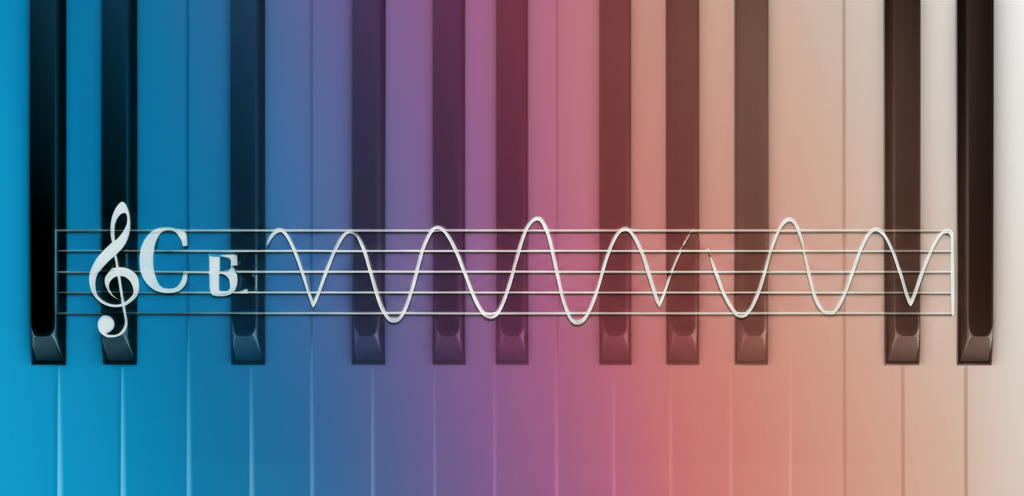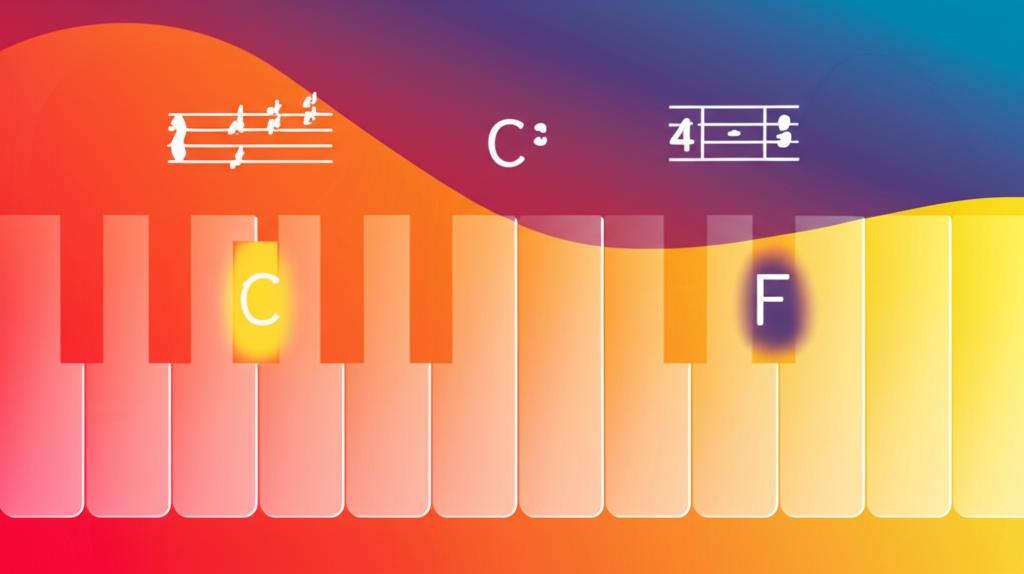
Perfect Unison - The Foundation of Musical Intervals

b4n1
May 17, 2025, 4:27 p.m.
Perfect Unison - The Foundation of Musical Intervals
Summary:
The perfect unison is the most basic musical interval, occurring when two notes have exactly the same pitch. While seemingly simple, understanding unison is crucial for harmony, tuning, and ensemble playing.
Keywords:
perfect unison, intervals, pitch, harmony, tuning, consonance
Introduction:
In music theory, a unison is the most fundamental interval - it's what happens when two or more voices or instruments play or sing exactly the same note. While it might seem trivial, mastering unison is essential for developing musical ear training and ensemble skills.
Definition and Classification:
A perfect unison occurs when two notes have exactly the same pitch frequency. In musical notation, unison notes appear at the same vertical position on the staff. It's classified as a "perfect" interval because any alteration would make it dissonant.
Examples:
Example in ABC Notation:
Here's a simple example showing unison notes in different contexts:
Practical Applications:
Unisons are frequently used in: - Orchestra tuning (all instruments playing A4) - Choral music (sections singing the same note) - Electronic music (layering identical notes for thickness) - Teaching and ear training exercises
Technical Aspects:
When two notes are in perfect unison, their sound waves have identical frequencies. For example, concert A (A4) vibrates at exactly 440 Hz. Even slight deviations from this perfect match result in "beats" or wave interference patterns that indicate the notes are out of tune.
Common Challenges:
While unison might seem simple, achieving perfect unison in practice can be challenging: - Maintaining identical pitch in vocal ensembles - Precise tuning in orchestral sections - Avoiding subtle pitch variations in long notes
Fun Facts:
- The word "unison" comes from the Latin "unisonus" meaning "having one sound" - Some cultures' traditional music is based entirely on unison singing - The slight imperfections in unison create the characteristic "chorus effect" used in music production
Conclusions:
The perfect unison, while being the simplest interval, forms the foundation for all other musical intervals and is crucial for developing good intonation and ensemble skills. Understanding and mastering unison is the first step in musical interval training.
References:
Kostka, S. & Payne, D. (2013). Tonal Harmony. McGraw-Hill Education.
Ghezzo, M. A. (2005). Solfege, Ear Training, Rhythm, Dictation, and Music Theory: A Comprehensive Course. University of Alabama Press.
Prosser, S. (2000). Essential Ear Training for Today's Musician. Berklee Press.





























